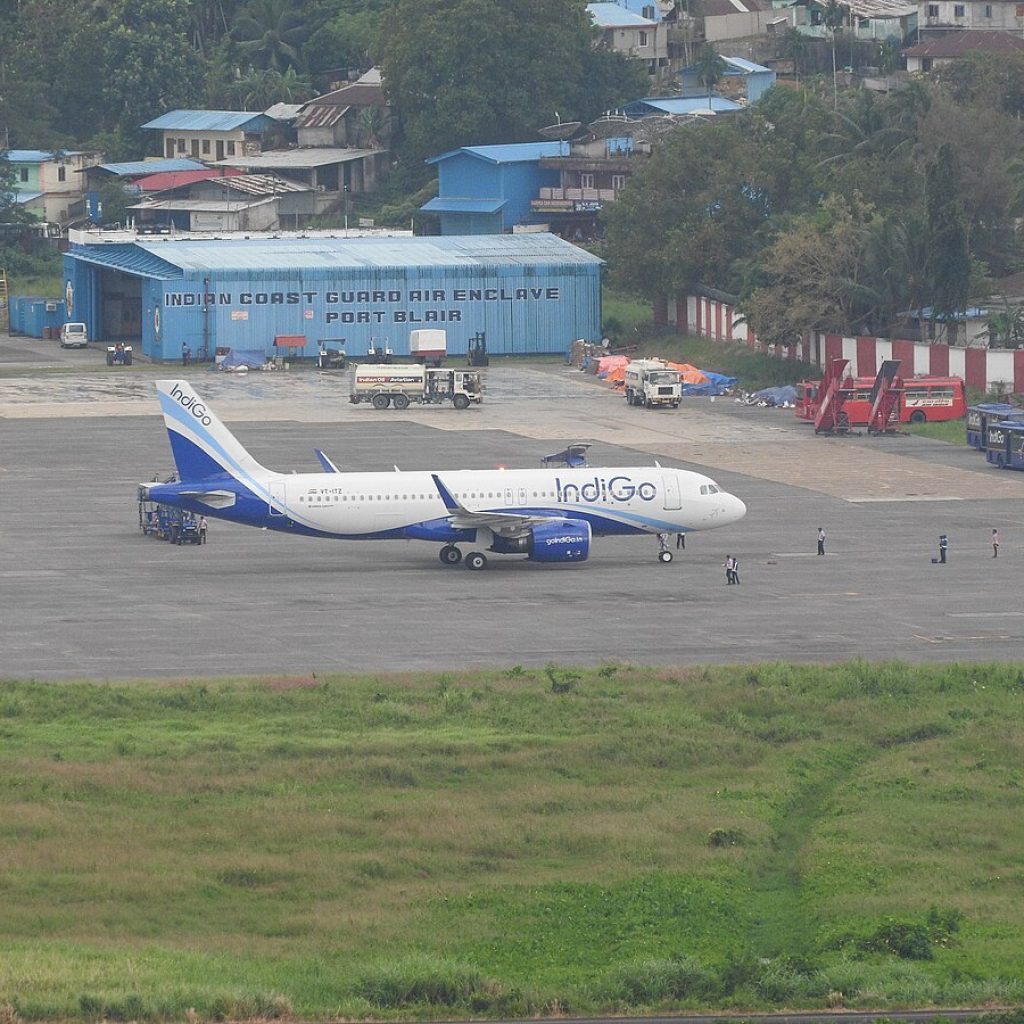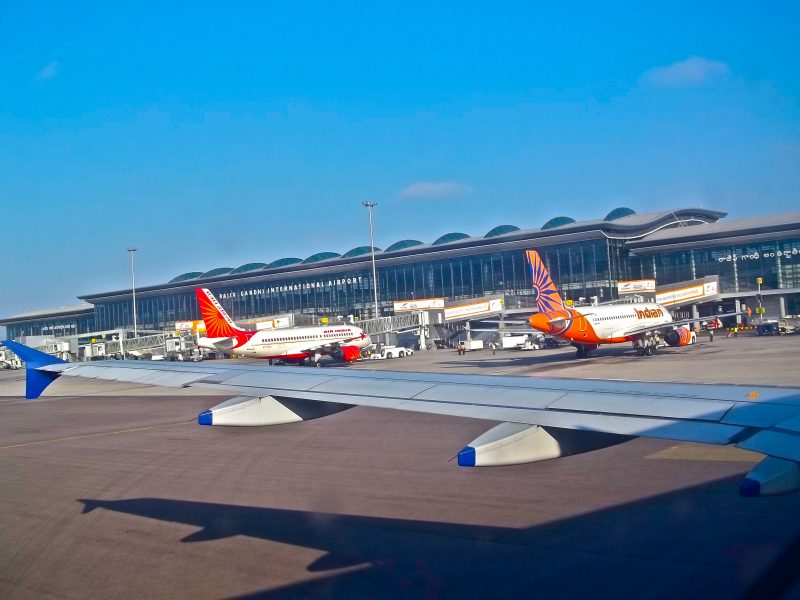Connecting Airports
Here is a list of two-way flights:
Kolkata ⇌ Port Blair
Delhi ⇌ Port Blair
Chennai ⇌ Port Blair
Mumbai ⇌ Port Blair
Bengaluru ⇌ Port Blair
Ahmedabad ⇌ Port Blair
Hyderabad ⇌ Port Blair
In addition to the two-way flights, several one-way flights connect important cities of India to Port Blair. These include:
Vishakhapatnam ⇒ Port Blair
Bhubaneswar ⇒ Port Blair
For more information related to the availability of flights, schedules, cancellations and fares – contact Andaman Emerald Holidays.
List of Flights and Connecting Destinations
Entry Formalities
Here is all the information that you need regarding the entry formalities for both Indian citizens and foreigners.
For Indian Citizens
For Foreigners
For foreigners visiting Indian from visa-exempted countries, carrying a passport is mandatory while travelling to Andaman. For travellers from other countries, both the visa and passport are a must.
Note:
1) All visitors, be it Indian citizens or foreigners are required to co-operate with the airport authorities regarding customs and checkings.
2) Please follow all Covid-19 protocols during travel and co-operate during Covid-19 screening measures.
3) Don’t forget to carry your Covid-19 vaccination certificates.
Veer Savarkar Airport (IATA: IXZ, ICAO: VOPB) is a domestic airport located 2 km (1.2 mi) south of Port Blair and is the main airport of the Andaman and Nicobar Islands of India. Originally known as “Port Blair Airport”, it was renamed in 2002 after Vinayak Damodar Savarkar, who had been detained in the Cellular Jail in the city for 11 years.[4] It operates as a civil enclave, sharing airside facilities with INS Utkrosh of the Indian Navy.[5]
Overview
Terminal
The passenger terminal has a capacity of 400 passengers. It covers an area of 6,100 square metres There is only one terminal, with two gates and no aerobridges. are used to provide transportation from the terminal to the aircraft parked on the apron.
New terminal

As of 2022, the new terminal is under construction, and it is about 83% completed. It was s expected to be completed by October 2022 but now it is confirmed to be opened by the first half of 2023.
Domestic Airport
A domestic airport is an that handles only domestic flights within the same Domestic airports do not have customs and immigration facilities and so cannot handle flights to or from a foreign airport.
These airports often have short runways sufficient to handle short or medium haul and regional air traffic. metal detectors are used in most countries, but in many cases they were installed decades after security checks for international flights had become commonplace.
Most municipal airports in and the are of this classification. At in Canada, there are domestic terminals that handle flights within Canada (flying from one Canadian city to another).
In the an example of a domestic airport is which operates frequent flights to other Scottish airports.
Some small countries or regions do not have any public domestic airports, or even public domestic flights, due to its size or political reasons.
Regional airport
A regional airport is an airport serving traffic within a relatively small or lightly populated geographical area. A regional airport usually does not have and facilities to process traffic between countries. In Canada regional airports usually service connections within Canada and some flights to the United States. A few U.S. regional airports, some of which actually call themselves international airports, may have customs and immigration facilities staffed on an as-needed basis, but the vast majority serve domestic traffic only.
Aircraft using these airports tend to be smaller private aircraft and of both propelled or varieties. These flights usually go a shorter distance to a larger regional hub. These airports usually have shorter runways, which exclude heavy planes with much fuel.
Europe
In countries, regional airports are often classed as airports that do not serve the country’s capital/most major city. Examples of larger regional airports include and which are both among Europe’s busiest airports and are used by both large and small planes. In countries like France, Germany, and Sweden, a regional airport is an airport for small planes, even though they go to the national hub, just like flights from larger airports. Examples of small regional airports include and Worship Airport. In a country with long distances and many airports, regional airports are those with flights to a regional hub, not to the capital.
INS Utkrosh
It shares airside facilities with which handles civilian traffic.
History
The airfield at was transferred from the to the Indian Navy on 9 March 1984. It was initially commissioned as INS Jarawa II.
On 11 May 1985, the air station was formally commissioned as INS Utkrosh by then making it the first naval air station in Andaman & Nicobar Islands Its location makes it an important strategic station for protecting India’s maritime interests in the It also serves as an important facility for undertaking humanitarian operations, such as disaster relief and evacuation of medical emergencies from the remote islands.





Comment (0)